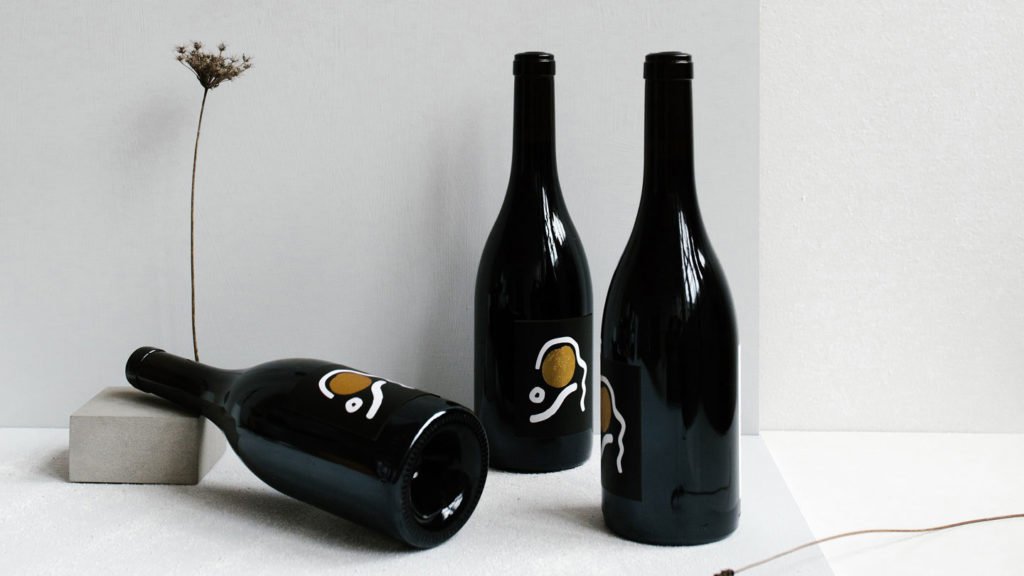We could spend all day discussing what’s inside a bottle of red wine. The color, scent, taste, provenance, and how badly we needed it after a long day at work. What we don’t talk about as much as the physical bottle itself.
Aside from holding the food within, the elegantly formed bottle performs a crucial duty. There’s a lot more to this modest vessel than meets the eye. Let’s get to know them from head to toe, or should I say closure to heel, now that you’ve become acquainted with the various bottle forms.
This is whether from reading the points above or staring fondly at them across the dinner table. Therefore, before you look for “glass engraving services near me,” let’s know more about it.
Closure
The lid of a bottle is whatever you need removing to sip the divine wine that waits inside. This includes natural cork, synthetic cork, a screw cap (also known as Stelvin).
Or anything you used to try to seal the final bits of that bottle you opened the night before. Visit this site to learn about the distinctions between the most common closures.
Neck
The neck of a wine bottle is the most appealing component. It joins the bottle’s mouth to its shoulder and is elegant and narrow. Usually, a capsule conceals the majority of the neck. The capsule has historically used to keep pests and rodents away from the cork when storing or transporting wine.
Thus, we don’t have to worry about this as much anymore. The capsule is merely a classic touch that customers expect to see as part of wine packaging. This metal wrap is available in various colors and can have a shine or matte finish.
Designers will frequently determine the color and material of the capsule depending on the design of the wine label. It results in a unified and complete product.
Shoulder
The shoulder is an important part of a bottle’s anatomy since it connects its neck to its body. The slope of the shoulder changes depending on the form of the bottle. The hill is shorter and higher in a Bordeaux or Claret-shaped bottle.
On the other hand, a Burgundy bottle has a longer, more dramatic slope. Do you know those lovely highlights on a wine bottle that capture your eye when it’s photographed? That’s something you can credit the shoulder for.
Body/Label Panel
Its body is the biggest section of the bottle and houses most of the wine. It’s the part of the bottle that your hand wraps around as you hold it to pour your wine. The label panel refers to the location and size of the wine label on the body.
The panel displays all of the efforts that went into developing the label. The important facts about the wine, such as varietal, vintage, and appellation, may be found here. As like the wine you should also know about quality glass engraving.
Punt & Heel
Please excuse the apparent sporting connection. But we’re not talking about football here. A punt has a curved depression on the bottom of a wine bottle.
This feature has designed to aid in the glass-molding process and helps the bottle stand upright on a shelf. The heel is the velvety border that surrounds the punt at the base of the bottle. But with that, we have completed our bottle dissection!


